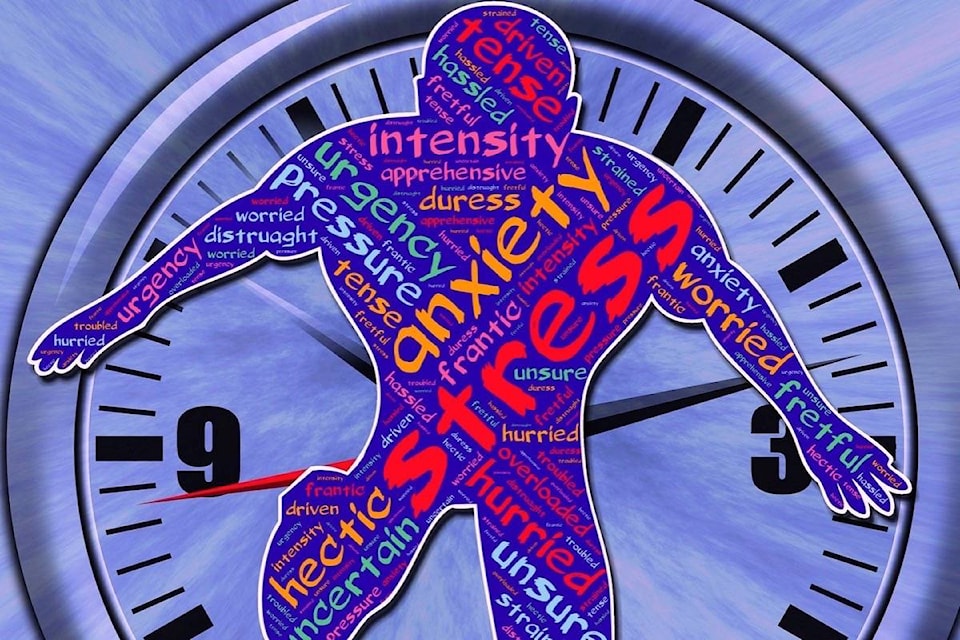In the 1990s, actor Bob Hoskins was hired as the spokesperson for British Telecom, and starred in a series of ads that showed people connecting by phone with family and friends. The ads all ended the same way, with Hoskins turning to the camera and assuring viewers that “It’s good to talk.”
I was reminded of these ads when I was invited to speak to a class at Cache Creek Elementary earlier this spring. The students had, as part of a project, been reading and studying articles from The Journal last year that dealt with the floods and fires in our region, and the teacher explained that they wanted to discuss journalism in general and the flood/fire coverage in particular.
The students were clearly engaged, and had prepared some very thoughtful questions. How difficult were the stories to cover, since I live in the community and knew many people involved? What sources did I use to get reliable and accurate information? Which story—flood or fire—had been harder to write about? Had I been scared, during the fire?
This last question took me somewhat aback, but I said that yes, I had been scared. Eventually the students began putting their hands up: not to ask more questions, but to make statements about themselves and their experiences..
Since this was Cache Creek, most of the students had been evacuated on July 7. Some had been in town at the time, and witnessed the fire at first hand; others had been out of town and unable to return. Some had had their entire family with them and were able to stay together; others spoke of family members who were in different locations when the evacuation was ordered, and the subsequent confusion as they tried to get back together.
Their stories were all told in very matter-of-fact ways, and to a person they were not shy about stating their feelings: anxiety, fear, stress, even panic. They spoke of their concern for pets and younger siblings, of nightmares they had afterward. One student said that she attended a concert while on evacuation, and how the event proved a welcome respite, for a time, from her worries about the fire.
It was clear that they wanted to talk about possibly the most profound event they had gone through in their young lives, and I let them, staying (at the teacher’s invitation) for the entire afternoon rather than just an hour. As each student finished I thanked them for sharing, and said—in what I hope was a reassuring way—that the feelings they had described were all completely normal and understandable. Did it help? I hope so.
As the anniversary of the start of the Elephant Hill wildfire approaches, painful and stressful and frightening memories and experiences will be in the forefront of many people’s minds. There has been, in recent months, a shift towards also helping people’s mental well-being in the aftermath of the floods and fires of 2017, rather than just looking at material needs.
Thanks to the stigma which, in many cases, still surrounds mental health, some people may be unwilling to reach out for help. Don’t be afraid to do so, whether it be to a professional, a friend, or a family member. As those students at Cache Creek demonstrated, without drama or hesitation, it’s good to talk.
editorial@accjournal.ca
Like us on Facebook and follow us on Twitter
